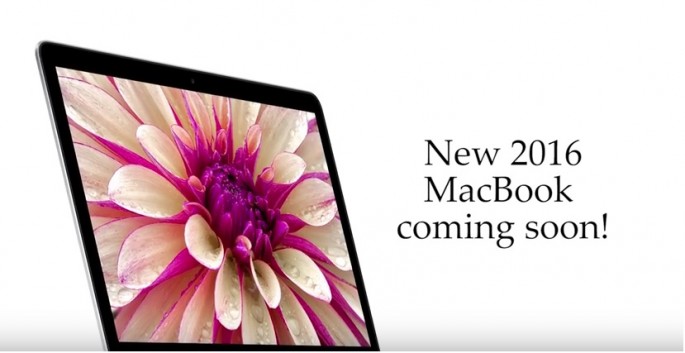The newest flagship of Apple - MacBook Pro - may be the first ever laptop to have a keyless keyboard. Considering the type of patents the Cupertino-based company has been filing, that is the direction they are headed.
A report by Tech Crunch revealed that Apple filed a number of patents that could help in the production of keyboards that are a large touchpad. The new technology will reportedly use proximity sensors and force-sensitive input, which are the same patents filed by the manufacturer, and they would probably be like a customizable Trackpad of sorts.
The force-sensitive input design filed by the company to the US Patents office via its website looks like a laptop with one big Trackpad. The user could then tentatively organize the structure of the Trackpad, allowing them to put a keyboard on one side, a keypad in one corner, and the mouse placed away in between them.
One major concern that most people have against the new technology is the absence of tactile feedback. However, Apple will provide a multitude of haptic feedback sensors on the same keyboard. Using the keyboard would activate the haptic gyroscope, as opposed to what happens with the mobile phones.
Furthermore, the huge Trackpad will be multi-touch enabled. The company's patent will utilize sensor technology that would help the MacBook Pro's latent trackboard determine whether it is the user's finger pressing the key or the palm.
Sensors that the tech giant could possibly use for the MacBook Pro comes from another patent that the firm filed. In this case, the patent aims to give their touch surfaces the ability to sense hovering gestures with precision.
The patent for the Apple's proximity sensor will use infrared sensors as the baseline for the technology. As a result, sensors can calculate how far and big a surface area is on the touch screen through the IR lights bouncing back on the object on the surface.
Apple is using this technology on their smartphones, but it could also be applicable to trackpads. Alongside the previous patent, the company may have discovered a way for touch surfaces to determine whether one is actually typing or just resting his or her hand.
Watch the footage below for more information.



























